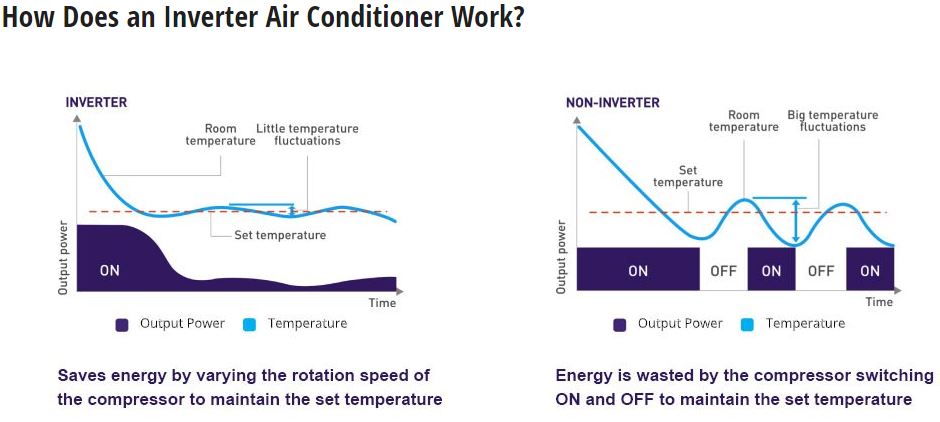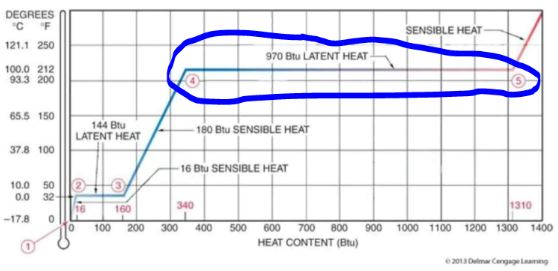You don’t have to tell me (I can see/feel the humidity!)
You don’t have to tell me (I can see/feel the humidity!)
Although we like to measure to be sure and humidity sensors are easy, cheap ways to verify, there are signs all around us when the humidity is too high.
Here are a few examples with the explanation why:
That musty smell, of course: Unfortunately, that smell is the telltale sign of mold, and is actually the microbial Volatile Organic Compounds (mVOCs) that molds produce. To find out more about mVOCs, check out our detailed article.
Doors and wooden windows that “stick” in their frames: Wood absorbs water from the air, causing it to swell, so closely-fitted wooden furniture like doors, window frames and even cabinets and drawers can “stick”. When the interior and exterior “weather” dries out, they can work just fine again!
Condensation on the inside of windows: To understand why condensation happens, it’s best to start at the concept of dew points. You can read more about it in our article here, but the basic concept is that every temperature and pressure of air can hold a certain amount of water vapor. Warmer air holds more water vapor than colder air. When warm air hits a cold surface, the water vapor will condense or “drop out” of the air onto the surface–just like a glass of iced tea sweats on a warm day. The occurrence of windows sweating on the inside will happen when warm, humid air hits a cold window frame (this happens most often with aluminum windows), and if it persists, can be a habitat for mold.
Salt or seasonings that clump and stick together: This may not happen as much nowadays with the proliferation of “preservatives” used in our foods. However back in 1911 (before air conditioning was widespread), table salt tended to cake in the container when it was rainy or muggy, because salt is hygroscopic. This means that it has a tendency to absorb moisture, even from the air, and clump together. Morton started to advertise using the slogan “When it rains, it pours” because they added magnesium carbonate (an anti-caking agent) to their salt, which allowed it to pour freely even in humid weather. (Today, the company uses calcium silicate.) (What’s The Weather Lore Behind The Morton Salt Slogan?) Here’s a tip: if you are having a bit of a humid spell in your home, or even going camping, you can add a pinch of rice to the salt shaker to get it flowing. Just like immersing a wet cell phone in a bag of rice, the rice will absorb the moisture out of the salt and allow it to flow through the holes of the shaker again.
Household electronics having issues--especially battery ones: Electronics and water rarely go together, and they can get finicky when the humidity starts to creep up. Battery-operated appliances have contacts that can easily corrode. If that happens, of course try to dry out the air, and you can use fine sandpaper on the contacts to remove corrosion.
Proliferation of insects and pests: Pests like fleas, ants and cockroaches love high humidity: it’s the perfect environment for them to lay eggs and develop into adults. Warm temperatures combined with high humidity is ideal for fleas, and they can rapidly multiply in these conditions. (Do Fleas Thrive in the Rain?)
Mildew on wooden furniture: If you have wooden furniture on a humid porch, you may have already figured out that it needs regular wipedowns and maintenance to keep it from growing “fur”! The same thing can happen inside when it becomes too humid, because the surface of wood is very hospitable to catching dust that can feed mold.
Photo by Danielle Dolson on Unsplash



